From Planet X to Life on Mars: 9 Unsolved Mysteries of the Universe
The universe is a twilight zone of secrets, unexplained mysteries, and black holes shaped by unseen forces.
We only ever see 5 percent of the total universe when we gaze upward, so SPYSCAPE peered into the other 95% where truth really is stranger than fiction.

Life on Mars
Does life exist on other planets? It seems highly likely. More spacecraft have been sent to study Mars (above) than any other planet beyond Earth. NASA’s Perseverance rover is searching for ancient life in microscopic fossils. In 2020, UK astronomers detected the chemical phosphine - an indicator of life - in the thick clouds of Venus, although more data needs to be collected. The James Webb Space Telescope will search for oxygen and other life-indicating biosignatures when it replaces the Hubble Space Telescope in 2021.
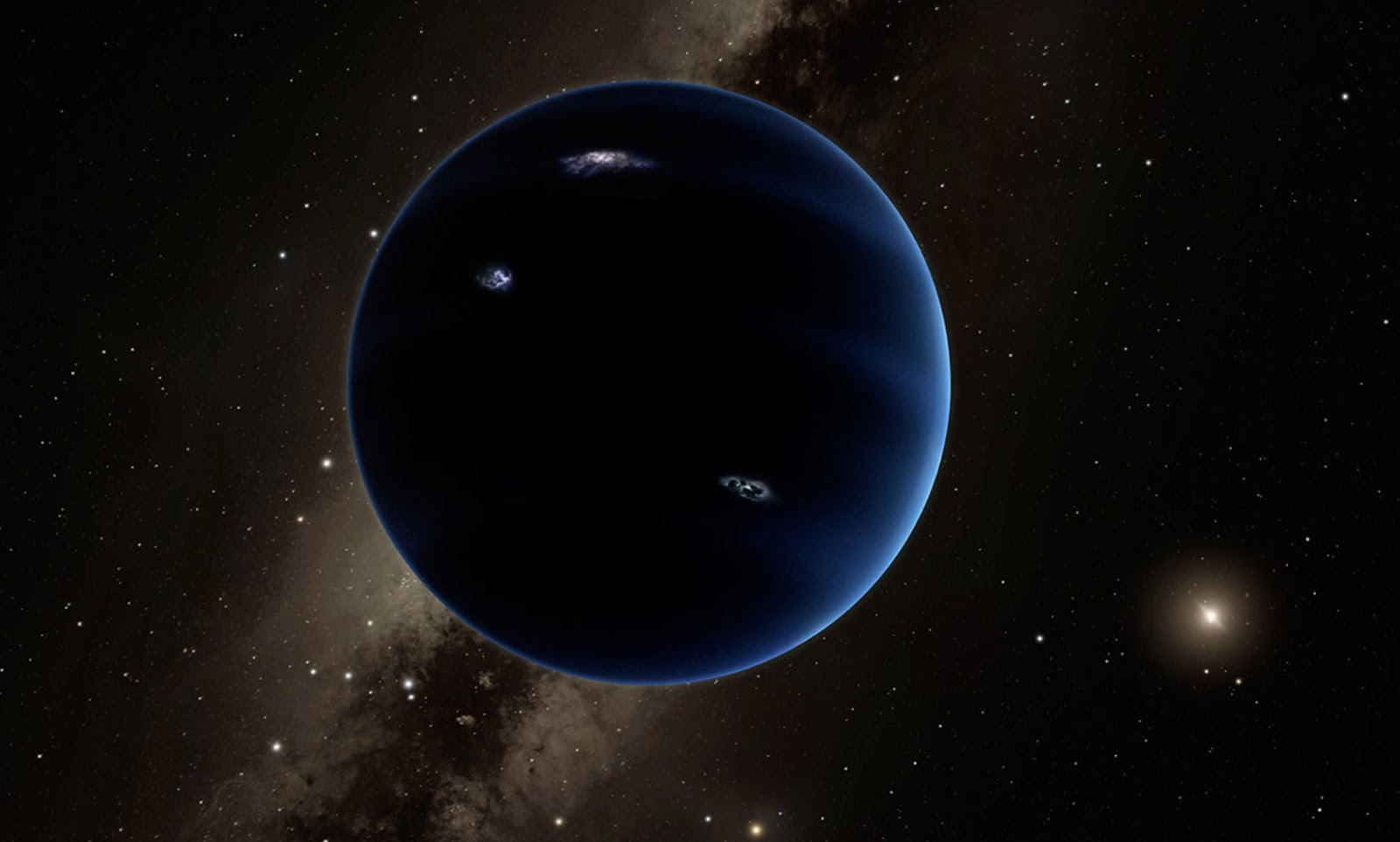
Planet X
Caltech researchers have mathematical evidence suggesting a Neptune-sized Planet X may exist deep in the solar system in an orbit far beyond Pluto. Planet X could have a mass about 10 times that of Earth and may take 10,000 to 20,000 Earth years to make one full orbit around the Sun.
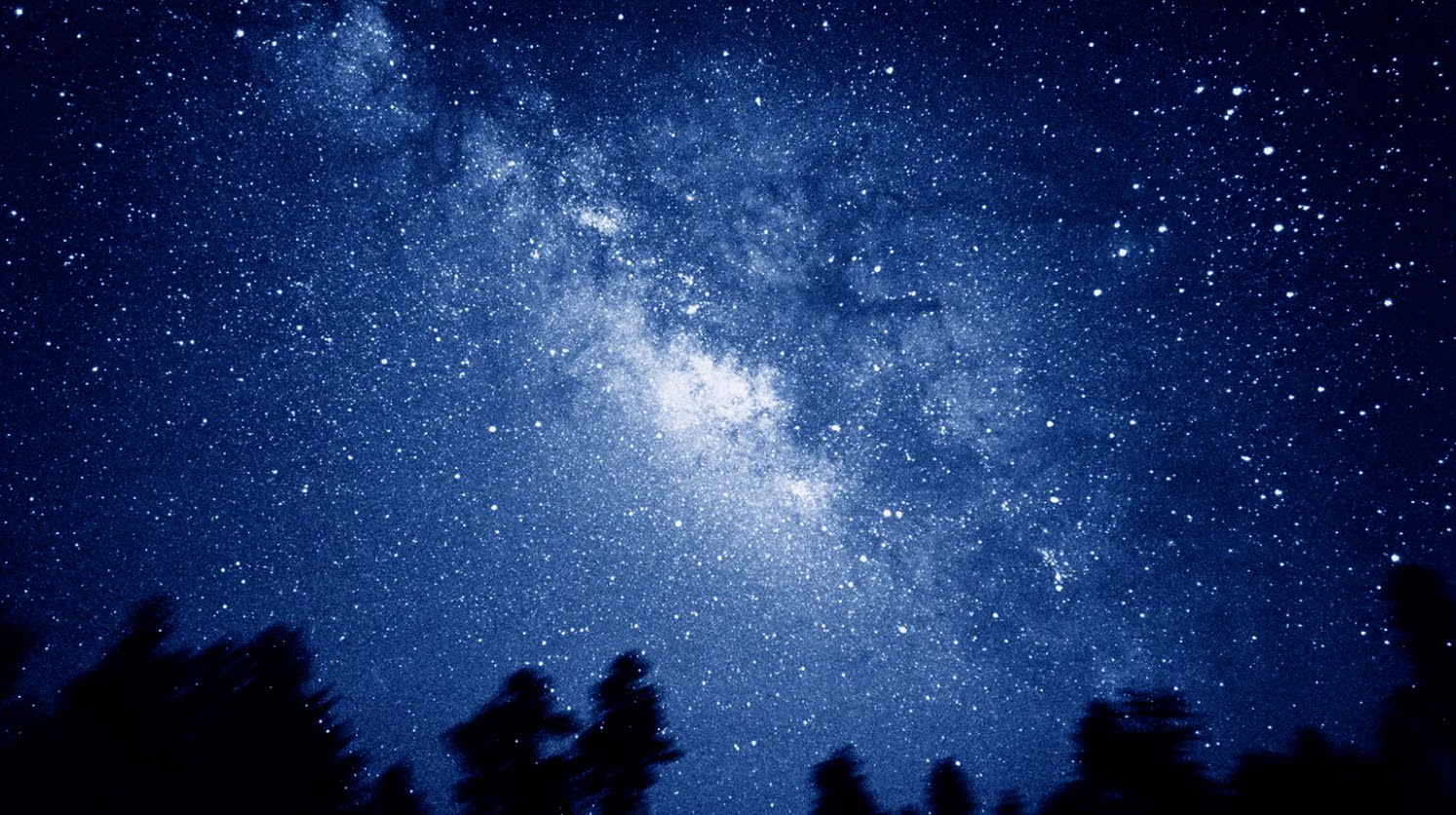
Dark Matter
The search for elusive dark matter puzzles cosmologists. It is invisible, making up a large chunk of the universe - about 27 percent - yet it does not absorb, reflect, or emit light, making it extremely hard to spot. One theory suggests the existence of a ‘Hidden Valley’, a parallel world of dark matter. Scientists have used the Hubble telescope to make a 3D map by noting how dark matter affects the visible things around it. Incredibly, the map of this mysterious substance suggests there may be something wrong with Einstein’s theory of relativity and a rethink is underway.
"The brand new social experience where you activate your gaming skills as you train like a spy."
- TimeOut
Take on thrilling, high-energy espionage challenges across different game zones.

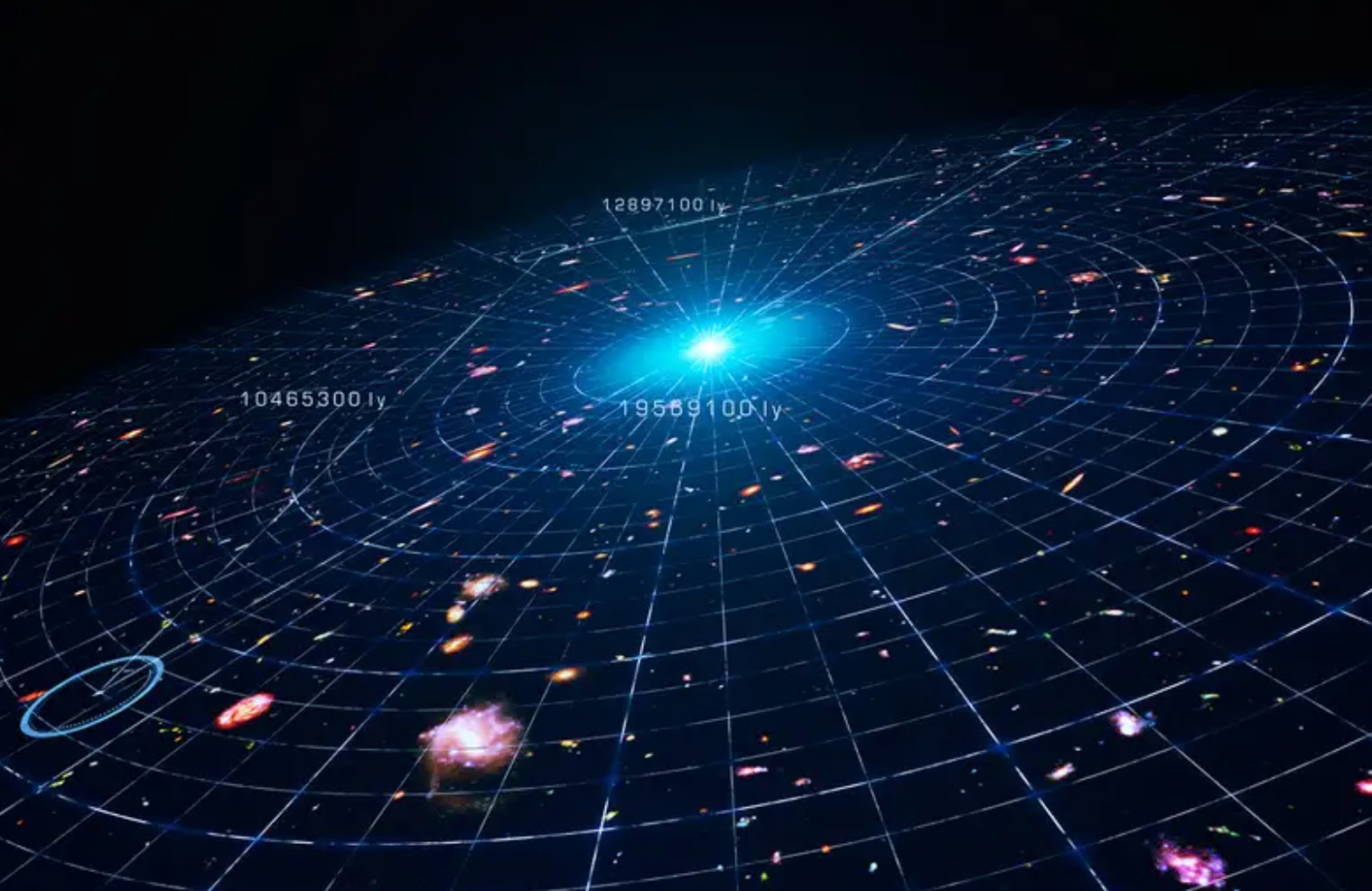
Dark energy
Dark energy makes up roughly 70% of the universe. Unlike dark matter - which appears to bring galaxies together - dark energy is powerful enough to tear the entire universe apart. So where does dark energy come from? Some believe it’s produced from collisions between quantum particles, but no one really knows. A dark energy survey published in May 2021, the largest of its kind, raises even more questions about how the universe started a new phase of accelerated expansion powered by dark energy.
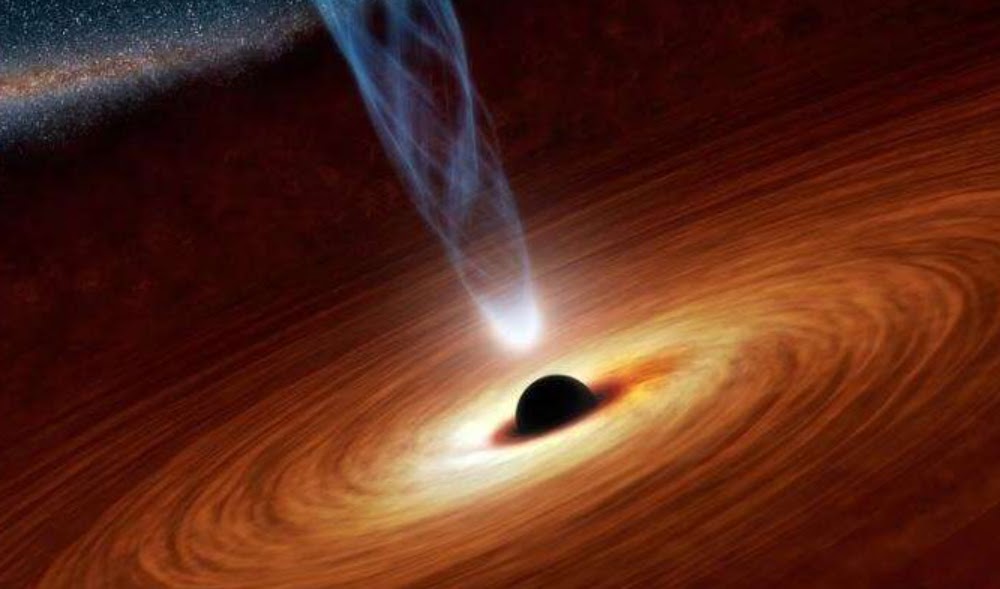
Black holes
Mysterious black holes are places where matter has been squeezed into a tiny space creating a gravitational pull so strong even light cannot get out, making the black holes invisible. Scientists think the smallest have the mass - the amount of matter or ‘stuff’ in an object - of a large mountain. Supermassive black holes have a mass the size of more than 1m suns put together. So could a black hole destroy Earth? NASA says there is no black hole close enough to the solar system for Earth to fall into it - besides, black holes don’t wander around eating stars, moons, and planets - not that we know about, anyway.
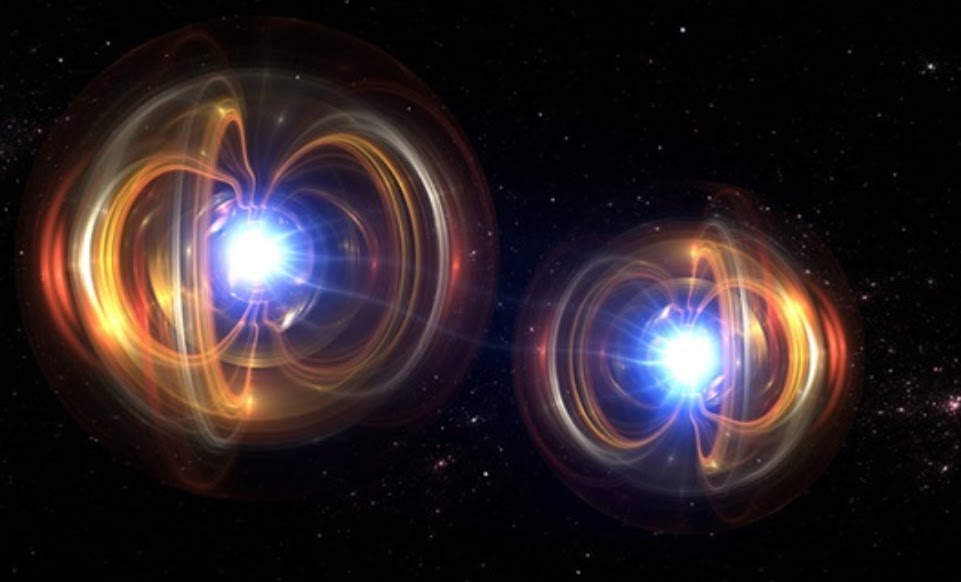
Quantum entanglement
Dubbed ‘spooky’ by Albert Einstein, quantum entanglement is a phenomenon in which two particles in different parts of the universe appear linked, mirroring each other’s behavior. It poses problems for experts because, somehow, the particles must be sending signals to each other faster than the speed of light (which breaks fundamental laws previously considered unbreakable). Scientists may not understand it, but that doesn’t mean the mystery isn’t important to unravel.
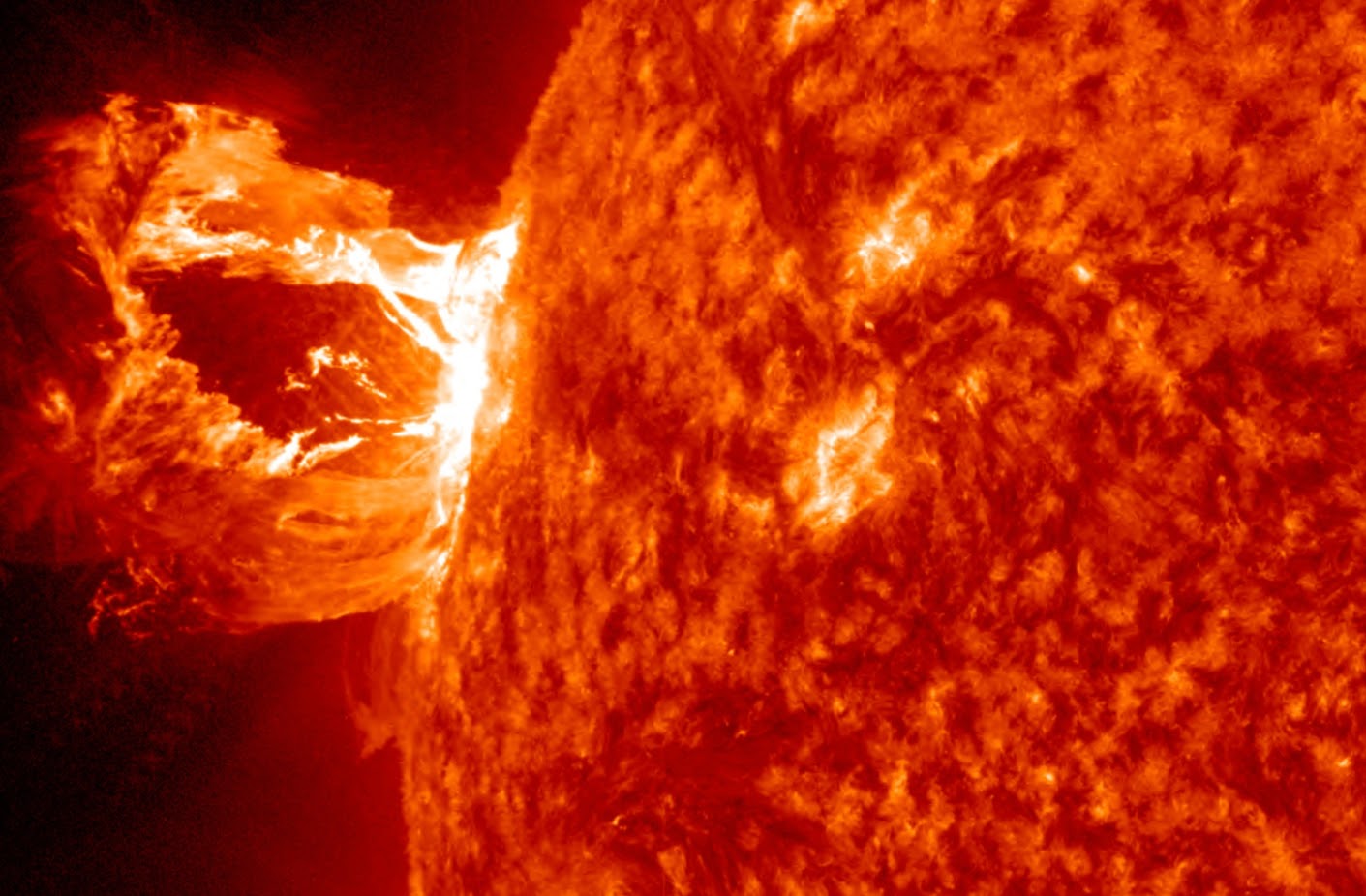
Physics of the Sun
Scientists still don’t understand the basic physics of the Sun, even though our power grids could be wiped out by eruptions like the Carrigan Event solar storm - a giant ejection of the sun’s matter and magnetism that struck Earth in 1859. Sparks flew from telegraph machines, and Northern Lights were seen in Cuba and Honolulu. US researchers estimate the cost of a similar event would cause up to $2.6trn in damage today.

NGC 2276
Even by the standards of the Atlas of Peculiar Galaxies, the New General Catalogue (NGC) 2276 spiral galaxy stands out. NGC 2276, is about 120m light-years away from the Earth’s sun in the constellation Cepheus. The gravitational pull of its neighboring galaxy has twisted NGC 2276’s spiral structure to make it appear lopsided. But why? As NASA describes it: “the myriad spiral galaxies in our universe almost all look like fried eggs. A central bulge of aging stars is like the egg yolk, surrounded by a disk of stars that are the egg white. The galaxy in this Hubble photo looks like it is sliding off the frying pan.”

Big Bang Theory
Many people are familiar with the Big Bang theory about how the universe was formed 14bn years ago. But what if it's wrong? Even physicist Stephen Hawking rowed back on his original thesis of endless multiple universes in his final paper published posthumously in 2018, predicting instead that the universe is finite. Two astronomers have since published The Cosmic Revolutionary’s Handbook (Or: How to Beat the Big Bang). Even if the Big Bang theory is wrong, however, cosmologists haven't agreed on a better scientific explanation about how the universe was formed.
SPYSCAPE+

Join now to get True Spies episodes early and ad-free every week, plus subscriber-only Debriefs and Q&As to bring you closer to your favorite spies and stories from the show. You’ll also get our exclusive series The Razumov Files and The Great James Bond Car Robbery!


Gadgets & Gifts
Explore a world of secrets together. Navigate through interactive exhibits and missions to discover your spy roles.
Your Spy Skills
We all have valuable spy skills - your mission is to discover yours. See if you have what it takes to be a secret agent, with our authentic spy skills evaluation* developed by a former Head of Training at British Intelligence. It's FREE so share & compare with friends now!
* Find more information about the scientific methods behind the evaluation here.


Stay Connected
Follow us for the latest
TIKTOK
INSTAGRAM
X
FACEBOOK
YOUTUBE